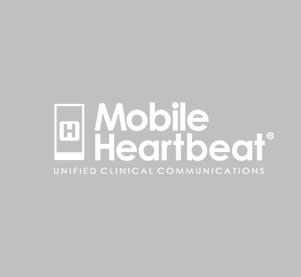As I was enjoying dinner at a local restaurant recently, I happened to notice a young couple, sitting in a booth nestled in the corner (a very romantic setting, mind you). They had paused their conversation and the man was leaning close to his plate, iPhone held hovering over his recently delivered and yet untouched dinner plate. Suddenly, FLASH, the booth was flooded with light, then there was a flurry of typing on the phone (I can only assume a rapid Facebook posting of the culinary experience), and finally the placement of the iPhone on the corner of the table (just in case anyone decided to “comment” on his posting, which would assuredly require a prompt response, I imagine). Then it was back to dinner for the both of them, smiling and conversing like there was never an interruption in their dinner date.
I will admit, while glancing down at a plate of Pasta Pomodoro, that MY dinner was exquisitely fresh and tangy with ripe tomatoes and aromatic garlic, prepared perfectly (al dente, mind you) and likely, if possible, would’ve received at least three stars on Yelp. However, it is puzzling to me exactly when we decided that we needed to pictorially share our culinary experiences with our friends on Facebook.
If we had to snap a picture with our Kodak Instamatic 110 (Google it, Millennial – it was really a thing), run the film down to our local pharmacy, wait two days to get the pictures developed, pick them up (throwing out the bad pictures of ourselves we don’t want anyone to see before leaving the store) and then drive around to our friends’ houses to show them photos of our dinners from two nights ago, we probably wouldn’t do it. I certainly don’t REMEMBER doing that myself, back before Facebook.
The consolidation of technologies (and the increased improvements in digital camera CCD technology) allows us all to carry ONE device, capable of instantly communicating with our friends and family via voice, text, and the Internet, AND snapping (very good quality) pictures from the same smartphone. According to a 2014 article from Statista and referencing a report from Shutterfly, 81% of photo takers in the U.S. used a smartphone.
Unified Communications certainly is a marketing buzzword that means different things to different companies using the term. However, consolidating communications into a consistent, unified experience for the user is a goal many healthcare organizations are trying VERY hard to accomplish. Integrating secure voice, text, photography modules and video conferencing, while protecting PHI in transit and at rest for clinicians communicating with each other inside and outside the hospital is THE ultimate goal. Having each of those pieces managed by multiple devices is troublesome, complex, AND expensive, not to mention unwieldy for a physician or nurse looking for space in a scrubs pocket. Providing a true, unified clinical communication experience in ONE device is something Mobile Heartbeat’s MH-CURE® successfully achieves.
Now, if only we could figure out a way for the host or hostess to REMOVE the camera module from diners’ smartphones, and leave it with the coat check. Dinner dates would be more personal, and my Facebook newsfeed could get some relief.


